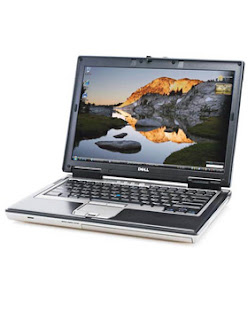Apple iPhone 2.0
The touchscreen is great. While the old handhelds (Dell Axim and Palm) always had the touchscreen, it’s nice to have it in a cell phone. It makes browsing the web much easier. It also opens the door for better mobile learning – m-learning that includes interactive graphics, quizzes, maps, along with mp3 files – all downloadable on the go, and on demand.

This is not to say that the good old handheld computers could not do that – what makes this different is that the Apple iPhone 2.0 solution is integrated, and has cellphone capabilities as well as enhanced graphics, on-demand graphics, and remarkable range and efficiency in terms of data access.
Social networking capabilities are also enhanced, with a built-in YouTube interface, a movie player, and iTunes downloads.
The enhanced interactivity may push learning management system providers to rethink the way they lock content up in a virtual box.
Verizon Wireless V-Cast Mobile TV
For the most part, e-learning experts have long abandoned the notion that webcasts of lectures are effective instructional modalities. The experience is too passive, and it lends itself to “talking heads.” However, for years, distance learning consisted almost exclusively of broadcasts – does anyone remember the original “talk back television” or the Open University offerings?
The best part of “talk back television” was the fact that it was live. Mobile video has been pretty much unwatchable because of delays and blockiness. Now, with Qualcomm’s FLO TV technology and a single digital signal that does not degrade as bandwidth is shared, the ability to watch a high-quality video is I one’s hand.
Try training and interacting with a live video signal. Mobile learning will never be the same.
Carry-On Satellite TV
In-field training with live updates and feeds is now possible. It is also possible to transport your full satellite television system from office to office in your briefcase (albeit a heavy one!). Sat-Go trades a bulky concave dish for a compact flat-panel with hundreds of small antennas. Each catches a piece of the signal, and an amplifier joins them into a coherent video stream that you can watch on the 17-inch screen.
No-Hard Drive Laptop: Dell Latitute ATG D630
It sounds impossible, doesn’t it – an entire laptop with flash drive memory rather than a traditional hard drive that spins (and crashes). With flash drive, there are no moving parts. It’s not necessary to worry about jostling the hard drive. Don't worry about destroying your archives. You no long have to carry around a fistful of USB flashdrives. Still, it’s not too advisable to drop your laptop – there is always the screen to worry about.  Notable Edu-Blog Posts:
Notable Edu-Blog Posts:
Karl Kapp - Teaching and Training Across Generations - November 16, 2007
Christopher D. Sessums - Teaching, Learning, Recreating Iconic Moments - November 2, 2007
Stephen Downes - "How the Net Works" - October 18, 2007
Share This Article: DIGG Drudge Reddit Fark Stumble Upon Del.icio.us
Take the survey!